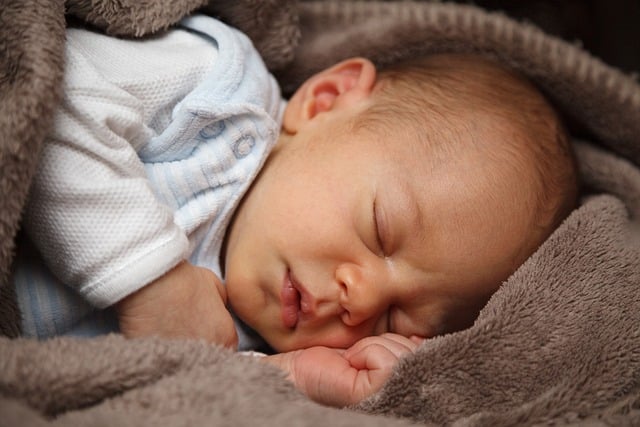In the current political landscape, particularly under the administration of President Donald Trump, the conversation surrounding women’s healthcare has become increasingly crucial. Amidst the turmoil, some positive movements have emerged, including a surge in artistic expressions that highlight the challenges faced by vulnerable groups, such as women and minorities.
Illustrators Mia Ramirez and author Lucy Garcia have embarked on a collaborative project that merges beloved Disney princesses with pressing healthcare issues. Their artwork serves as a creative platform to illustrate the potential consequences of restrictive healthcare policies, particularly those aimed at limiting access to birth control and essential health services.
Previously, Ramirez and Garcia focused on raising awareness about cervical cancer through their artwork. Their latest initiative continues this important dialogue by depicting princesses visiting healthcare providers, but with a stark twist: in this scenario, the Affordable Care Act (ACA) is no longer in effect, leaving the characters grappling with significant obstacles.
For instance, Elena of Avalor, Disney’s first Latina princess, encounters pro-life demonstrators outside a Planned Parenthood clinic, underscoring the societal tensions surrounding reproductive health. Similarly, Aladdin and Jasmine, who were previously excited about expanding their family, now face the devastating reality of planning a funeral following a miscarriage—a grim situation reminiscent of policies advocated by certain political figures.
In another illustration, Belle discovers that her birth control prescription is no longer covered by insurance due to recent changes in healthcare mandates. Tiana, meanwhile, is denied vaccinations, reflecting the broader skepticism towards vaccines propagated by influential leaders, including the appointment of Robert F. Kennedy Jr. to lead discussions on childhood vaccination efficacy. Lastly, Pocahontas, suffering from ailments caused by contaminated water, is denied insurance coverage due to her pre-existing condition, drawing parallels to the struggles of Native communities, particularly those at the Standing Rock Sioux reservation.
Garcia articulated the reasoning behind their project, noting, “Disney princesses are widely recognized and cherished, making them powerful symbols to convey truths about women’s healthcare. We aimed to combat misinformation and raise awareness about the urgent need for comprehensive care.” Their motivation stems from concerns over the potential repeal of the ACA, which could jeopardize women’s health services and increase the risk of gynecological cancers and STIs.
The reception to their project has been predominantly positive, encouraging women to advocate for healthcare access and support organizations like Planned Parenthood. However, it has also sparked contentious debates online, with some individuals dismissing the notion that healthcare access varies based on location or socio-economic status.
Looking ahead, Ramirez and Garcia express enthusiasm for future collaborations, driven by inspiration to address pressing social issues through art. They have already created multiple awareness campaigns and are committed to continuing their work together.
For those interested in the topic of home insemination, resources like Make a Mom provide valuable insights into the process, while Resolve offers excellent information on family-building options.
In summary, the artistic collaboration between Mia Ramirez and Lucy Garcia effectively showcases the intersection of pop culture and critical healthcare issues, advocating for awareness and action in a complex political environment.
Keyphrase: Disney Princesses and Healthcare Access
Tags: [“home insemination kit” “home insemination syringe” “self insemination”]
